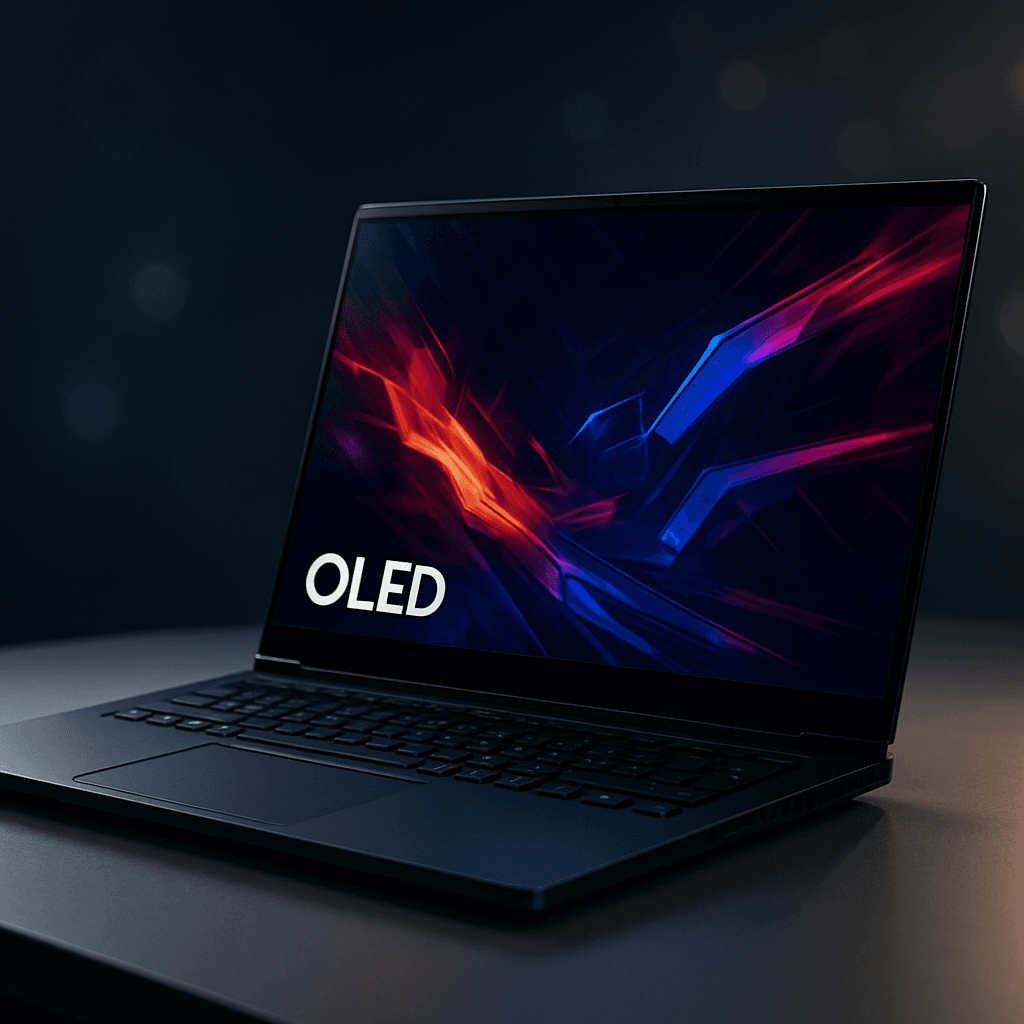Razer just refreshed its Blade 14 gaming laptop with a sleek OLED display and Nvidia's latest RTX 5070 graphics card. The updated model keeps the same compact 14-inch form factor while delivering improved visuals and performance, though some compromises remain for users seeking maximum brightness and upgradeability.
Razer is betting big on OLED technology with its latest Blade 14 refresh, positioning the compact gaming laptop as a premium option for users who prioritize portability without sacrificing visual quality. The new model arrives with Nvidia's RTX 5070 graphics card and a 14-inch OLED panel, marking a significant upgrade from previous generations.
The OLED display brings the expected benefits - faster response times, reduced motion blur, and superior contrast ratios compared to traditional IPS panels. However, Wired's review by Luke Larsen reveals limitations that could disappoint users expecting flagship-level brightness. The panel peaks at just 620 nits in HDR mode and 377 nits in standard display range, making HDR content barely noticeable during testing.
That brightness ceiling puts the Blade 14 at a disadvantage against competitors like the Lenovo Legion 7i Gen 10, which cranks its OLED display past 1,000 nits for genuinely impressive HDR gaming. The color accuracy also trails behind Razer's own Blade 16, with 86% AdobeRGB coverage and a Delta E of 1.3.
But Razer made smart choices elsewhere. The AMD Ryzen AI 9 365 processor delivers both performance and efficiency gains over previous models, translating to over 10 hours of battery life during video playback - exceptional for a gaming laptop. The chip outperforms competitors in CPU-intensive tasks while consuming less power, giving the Blade 14 a clear advantage over rivals like the ASUS ROG Zephyrus G14.
The RTX 5070 graphics card handles modern games capably at the laptop's native resolution, though users seeking 240Hz refresh rates will need to look at IPS-based alternatives. Alienware's 16X Aurora offers that higher refresh rate at a lower price point, highlighting the premium positioning of Razer's offering.
Razer made one controversial design decision - soldering the RAM directly to the motherboard. While this enables faster memory speeds, it eliminates user upgradeability entirely. Buyers must configure their desired RAM amount (16GB, 32GB, or 64GB) at purchase, with no option to upgrade later. The laptop does retain one M.2 slot for storage expansion up to 4TB.


